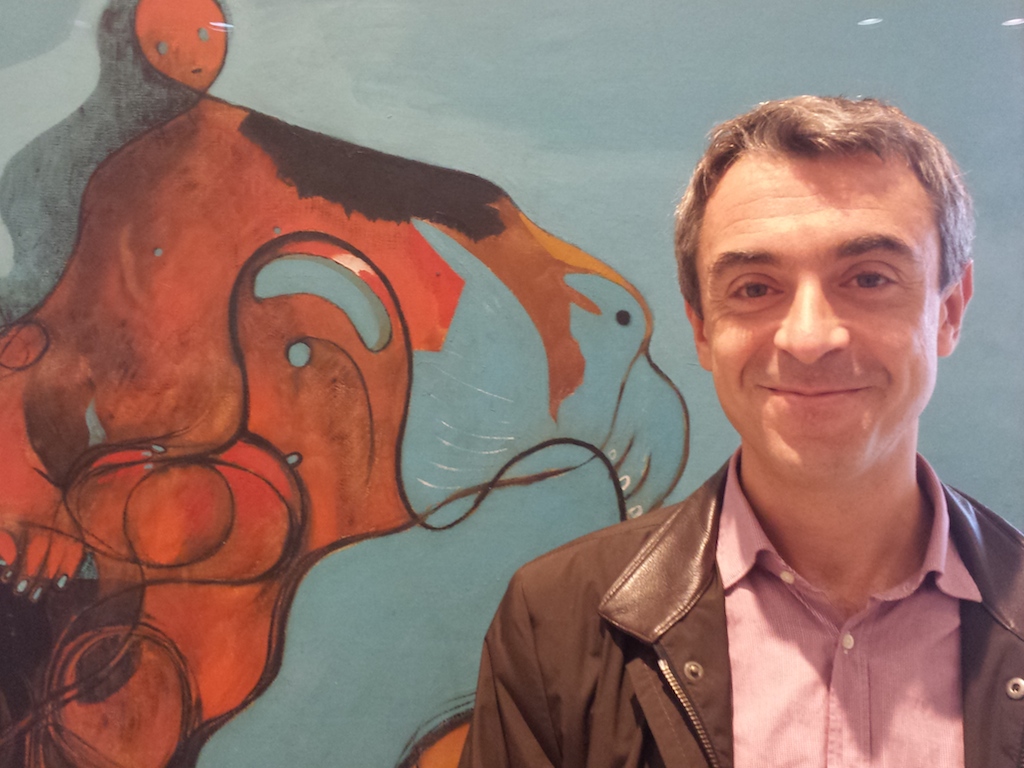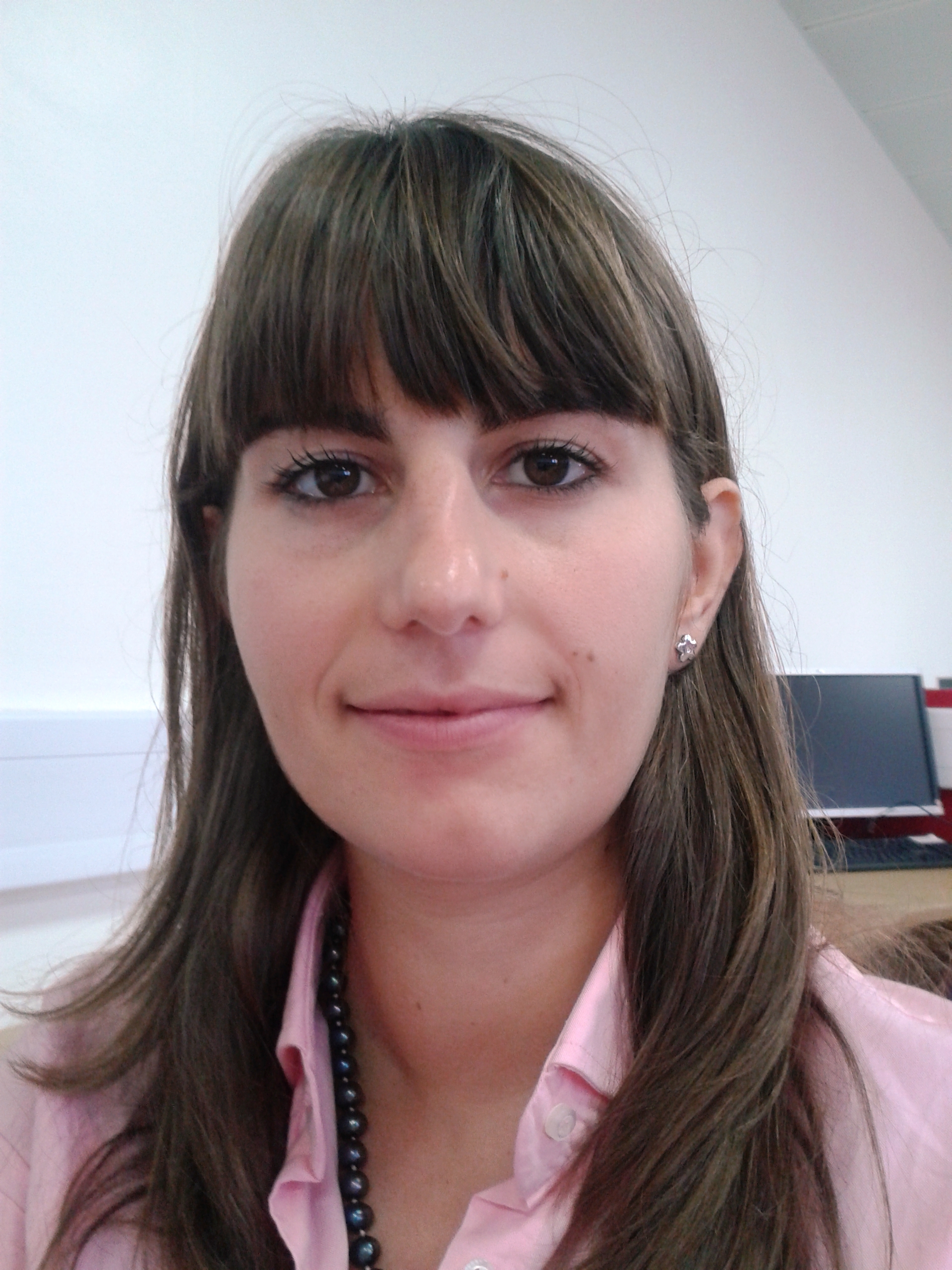
|
|
|
Pre-symposium tutorials3 tutorials will be organized on September 1, 2015, at ENSAM Paris.
They will be conducted on the full day, for 6 hours (3 hours in the morning, 3 in the afternoon). The objective is to make an overview of techniques, tools, methods for PhD or master students and researchers who are interested in learning more on a given subject. Thanks to the financial support of the GDR MACS, the registration fees are limited to 70€ to attend the all day (including an electronic copy of the presentations, coffee breaks and a friendly lunch). Space is limited, so please register early! You can make a pre-reservation by sending an E-Mail to contact@safeprocess2015.fr, indicating your name, institution/laboratory and which tutorial you would like to attend.
Tutorial 1: Sliding Mode Methods for Fault Detection and Fault Tolerant Control
Christopher Edwards is a Professor of Control Engineering at the University of Exeter, UK. His current research interests are in sliding mode control and observation, and their application to fault detection and fault tolerant control problems. He is the author of over 300 refereed papers and three books: 'Sliding mode control - theory and applications' (1998), 'Fault Detection and Fault Tolerant Control using Sliding Modes' (2011), and most recently 'Sliding Mode Control and Observation' (2014). In addition he recently co-edited the monograph 'Fault Tolerant Flight Control: a Benchmark Challenge' (2010) based on the GARTEUR AG16 activities. He was part of the European FP7 project 'ADDSAFE', which studied state-of-the-art model based fault detection techniques applied to assist in the 'greening' of aircraft to help reduce fuel consumption and carbon emissions. He is currently involved in the RECONFIGURE project which aims to investigate and develop guidance and control technologies that facilitate the automated handling of off-nominal/abnormal events. He is vice-chair of the IEEE technical committee on Variable Structure Systems. Abstract The sliding mode methodology has been proved to be effective in dealing with complex dynamical systems affected by disturbances, uncertainties and un-modelled dynamics. Robust controllers can be developed exploiting the well-known insensitivity properties of sliding modes to so-called matched uncertainties. These robustness properties have also been exploited in the development of nonlinear observers for state and unknown input estimation. This course will explain how sliding mode ideas can be exploited to create robust fault detection schemes (in fact typically fault estimation schemes) and how the robustness properties can be exploited to synthesize fault tolerant control laws. The tutorial will begin with an introduction to conventional sliding modes – typically for uncertain linear systems – and will demonstrate the properties exhibited by sliding mode controllers and observers. The course will then examine more recent developments in terms of so-called 2nd order sliding mode schemes. Throughout the course practical engineering examples and case studies will be considered to demonstrate the features and advantages of using sliding modes in a fault detection and fault tolerant control context. In particular examples of these techniques applied to problems in the aerospace field will be presented - including results from GARTEUR AG16, ADDSAFE and RECONFIGURE. Topics covered will include: • a motivating overview of sliding modes and their properties • the design of conventional sliding mode controllers • conventional sliding mode observers and their properties • 2nd order sliding mode controllers and observers • sliding mode observers for fault detection • sliding mode fault tolerant control architectures • retro-fitted sliding mode fault tolerant control schemes • aerospace case studies  Tutorial 2: Structural methods for analysis and design of large-scale diagnosis systems
Erik Frisk was born in Stockholm, Sweden in 1971 and now is an associate professor at the Department of Electrical Engineering, Linköping University, Sweden. His research interest include model based fault diagnosis in general, and structural methods, observers for fault detection, statistical signal processing, and fault prognosis in particular. Design of diagnosis algorithms based on industrial sized models, e.g., described in Simulink or Modelica has been a key driver for his research, especially in the automotive domain. Mattias Krysander was born in Linköping, Sweden in 1977 and is an associate professor at the Department of Electrical Engineering, Linköping University, Sweden. His research interests include model based diagnosis and prognosis. As a way to cope with the complexity and size of industrial systems, mainly vehicle systems, he has used structural representations of models and developed graph theoretical methods for assisting design of diagnosis systems and for fault isolation and sensor placement analysis.
Abstract Real applications are often complex and model-based techniques for diagnosis are therefore often faced with a general, large-scale, and non-linear differential-algebraic model, possibly in high level languages like Simulink or Modelica consisting of hundreds or thousands of equations. Such complex models often require specialized techniques for specific classes of systems. One successful way to manage the complexity, and to provide a generally applicable approach, is to utilize the model structure using graph based algorithms. Structural analysis has proven to be a powerful tool for generating fault detection signals/residuals and early determination of fault isolability properties. There are three main objectives of this tutorial workshop:
1. Formally introduce structural models and fundamental diagnosis definitions
2. Derive algorithms for analysis of models and diagnosis systems
- Introduction of fundamental graph-theoretical tools, e.g., Dulmage-Mendelsohn decomposition of bi-partite graphs
- Determination of fault isolability properties of a model
- Determination of fault isolability properties of a diagnosis system
- Finding sensor locations for fault diagnosis
3. Derive algorithms for design of residual generators
- Finding all minimal submodels with redundancy
- Generating residuals based on submodels with redundancy
The above techniques will be illustrated on industrial sized examples in Matlab. Also, relations to other research fields, challenges, and future research topics will be discussed.
Tutorial 3: Plug-and-play control and monitoring of large-scale systems
Giancarlo Ferrari-Trecate received the M.Sc. degree in Computer Engineering and the Ph.D. degree in Electronic and Computer Engineering from the Universita’ degli Studi di Pavia, Italy, in 1995 and 1999, respectively. Since November 2005, he is an Associate Professor at the Dipartimento di Ingegneria Industriale e dell’Informazione of the Universita’ degli Studi di Pavia. In spring 1998, he was a Visiting Researcher at the Neural Computing Research Group, University of Birmingham, UK. In fall 1998, he joined as a Postdoctoral Fellow the Automatic Control Laboratory, ETH, Zurich, Switzerland. He was appointed Oberassistent at ETH, in 2000. In 2002, he joined INRIA, Rocquencourt, France, as a Research Fellow. From March to October 2005, he worked at the Politecnico di Milano, Italy. Francesca Boem received the Laurea (M.Sc.) degree (cum laude) in Management Engineering in 2009 and the Ph.D. degree in Information Engineering in 2013 from the University of Trieste, Italy. She was Post-Doc at the Department of Engineering and Architecture at the University of Trieste from 2013 to 2014 with the Automation Group and with the Machine Learning Group. Since 2014, she is Research Associate at the Department of Electrical and Electronic Engineering, Imperial College London, UK, with the Control and Power Research Group. She visited the Institute for Human-Machine Communication at the Technical University of Munich, Germany, in 2010, and the ACCESS Linnaeus Center, KTH Royal Institute of Technology, Sweden, in 2013. She cooperated with the R&D department of Danieli Automation SpA, Buttrio (UD), Italy. She has authored and co-authored several papers published in international journals and conference proceedings. Her current research interests include distributed fault diagnosis methods for large-scale networked systems and distributed estimation methods for sensor networks. Abstract Scalability of control architectures is a central issue in networks of systems connected through physical or communication channels. In the past, several contributions addressed the problem of parallelising on-line computation of control actions using decentralised and distributed controllers. Instead, we focus on off-line design and formalise conditions that allow the synthesis of local controllers using information from neighbouring systems while guaranteeing stability and constraint satisfaction for the overall plant. This paves the way to Plug-and-Play (PnP) operations enabling the addition and removal of systems in a modular fashion by updating a limited number of local controllers within the network. Furthermore, PnP design principles can be extended to the synthesis of distributed state estimators and fault detection systems. These advances allow automatic reconfiguration procedures where faulty subsystems can be unplugged to avoid fault propagation in the network while preserving stability. We argue that PnP design can be very useful in the context of cyber-physical systems, where the number of subsystems changes over time, and for revamping hardware with minimal human intervention. In this tutorial we will present PnP design techniques and, as an online example, illustrate their application to the synthesis of the frequency control layer in power networks. Applications of PnP control to the stabilisation of voltage and frequency in islanded microgrids will be also covered. |
| Online user: 1 | eRSS Feed |

|







